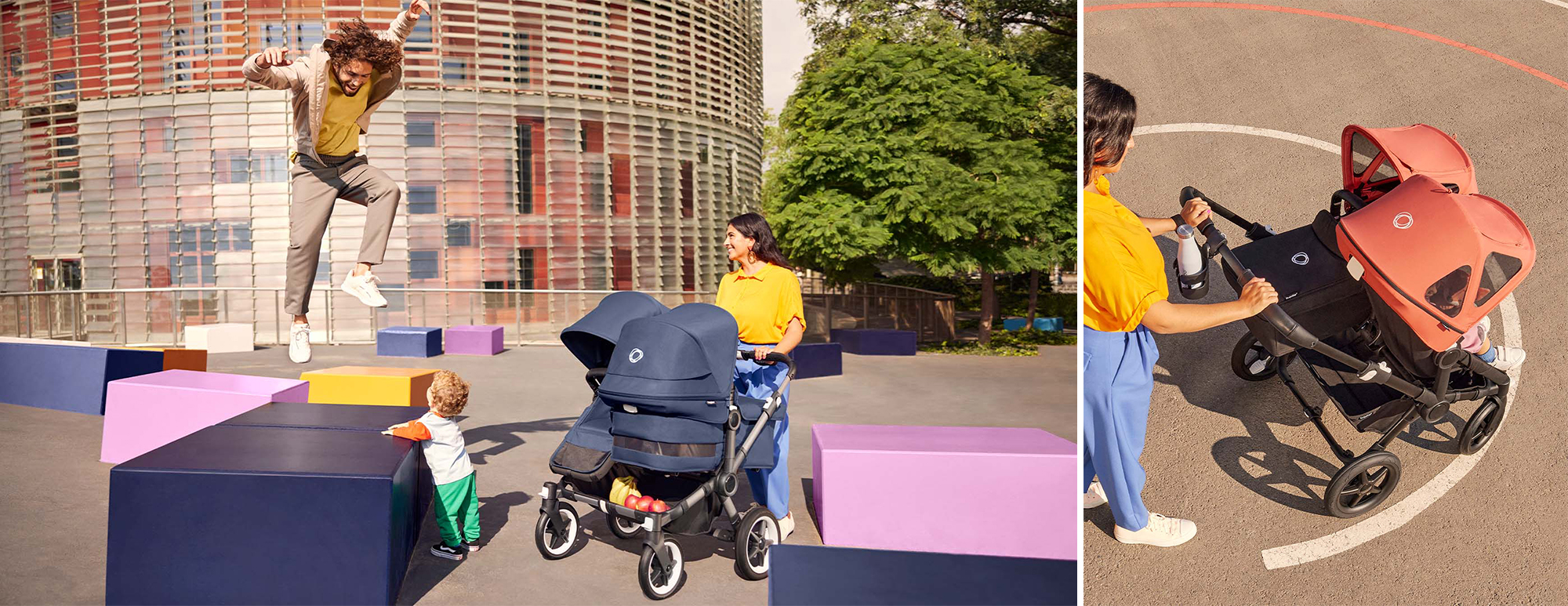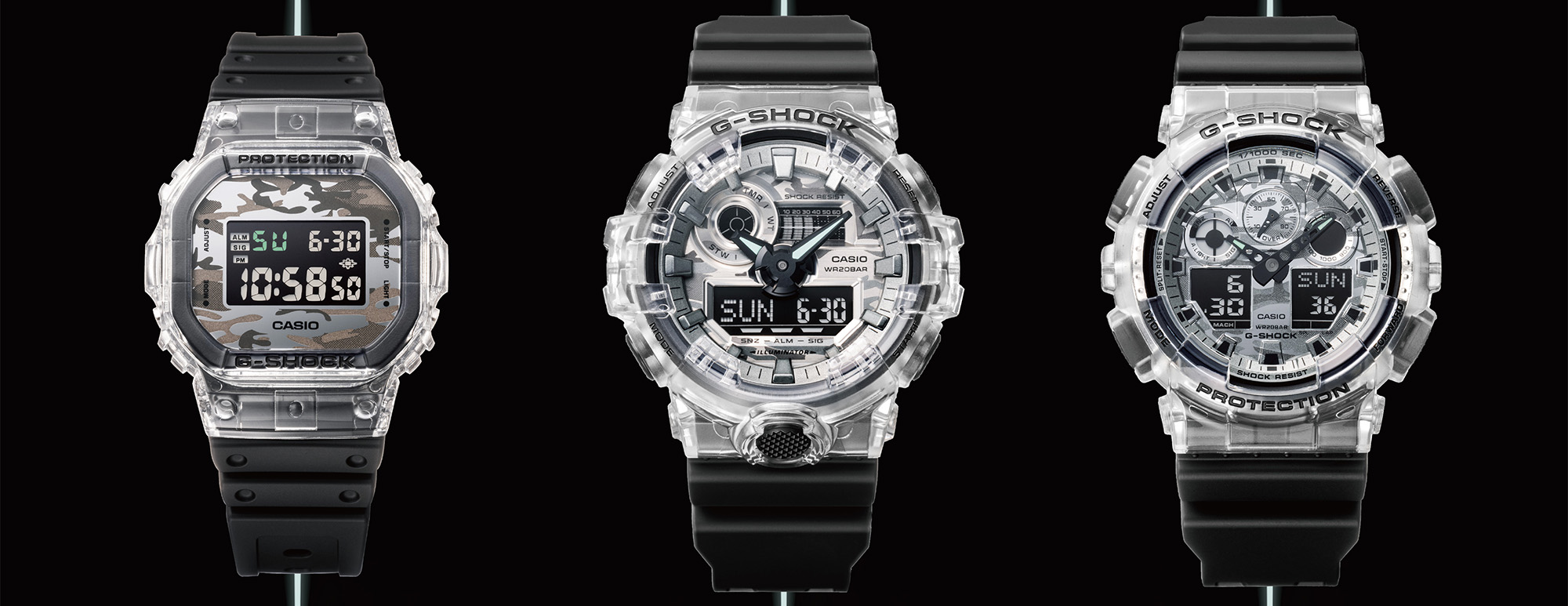With our year-round humidity, it can be a little difficult to keep our cool. As our planet keeps getting warmer, more people are turning to air conditioning to combat the heat, and that’s putting a serious strain on energy resources. However, a team of scientists is working on a new way to keep us comfortable in sweltering conditions. In a paper published in Science, the team introduced an innovative textile made of plastic. Inspired by plastic wrap, this new plastic fabric would allow your body heat to dissipate, keeping you cooler than anything you’ve ever worn before. In fact, it may keep you cool enough to eliminate your dependence on air conditioning.
When temperatures soar, we perspire, which allows the heat to dissipate as our sweat evaporates. And while many wicking fabrics actively draw moisture away from the skin, heat can remain trapped by your clothes, which keeps you feeling warm. The innovative fabric is a modified polyethylene, so think plastic wrap, except it’s scattered with nanoscale pores. And just like a plastic wrap, the material allows infrared radiation to pass right through, except the engineered version, called nanoPE, has a porous nanostructure that preserves infrared permeability, is opaque for a decent coverage, and the material has been made breathable as well. When tested, the team found that it kept the surface of a body-heat simulator at almost the same temperature as that of bare skin.
Stanford associate professor and co-author of the research, Yi Cui, speculates that him and his colleagues might need an additional six months to transform the material into a woven fibre that can be used to produce clothing before they can actually begin to test the textile out on individuals. He predicts that the material may be ready for commercialisation within two years. Beyond their consumers’ personal comfort, the team would be on to something even bigger than what they sought out to produce. Less usage of air conditioning would result in less energy depletion, less money spent, and less production of carbon dioxide pollution that’s generated from electricity. Well, we can’t wait to hear more good news from their trials.










